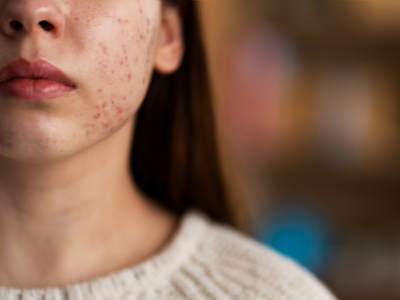Why does acne occur after puberty?
Acne is a skin condition that occurs when the pores become clogged with sebum, followed by the settlement of bacteria. The appearance of acne can manifest as red, inflamed bumps, or in the case of comedonal acne, as black and white spots. During adolescence, as is well known, the effect of growth hormones increases sebum synthesis, thereby raising the likelihood of blockages. This is why it seems that pimples only appear during adolescence and then disappear. In reality, it is possible to encounter acne problems at any age.
The most common causes of acne formation after adolescence are the incorrect use of cosmetic products. In other words, any products applied to the face that are not suitable for one's skin type—such as serums, creams, facial cleansers, and sunscreens—can lead to the formation of acne while trying to do good.
Acne falls under the domain of dermatology. A dermatologist's recommendation is essential. Both the treatment and skincare products should be specifically tailored to the individual's skin. A product that works well for someone else may not necessarily be beneficial for you.
For my patients who come to me with acne complaints during adolescence and afterward, my simple recommendations include suitable cleansing products and moisturizers, along with retinoic acid, vitamin C, tranexamic acid, and hyaluronic acid serums chosen based on their age and skin needs. I recommend regularly scheduled skincare and medications prescribed based on the skin's requirements. If there is an increase in sebum production, I can also include carbon peeling laser skin treatments in the treatment protocol.





